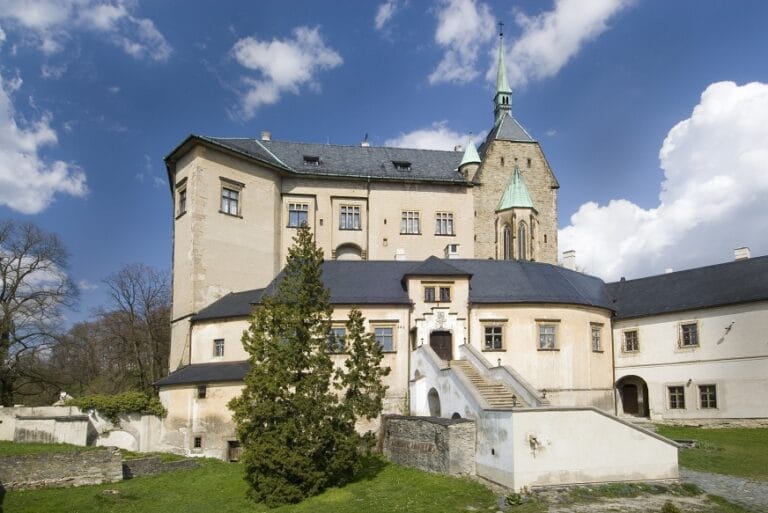Drahotuš Gord: A Medieval Fortress in the Czech Republic
Visitor Information
Google Rating: 4.6
Popularity: Low
Google Maps: View on Google Maps
Country: Czechia
Civilization: Medieval European
Remains: Military
History
Drahotuš Gord is located in Podhoří, within the modern boundaries of the Czech Republic. It was established in the 1260s by Bohuš of Drahotuš, a Moravian marshal and the burgrave of Přerov. The founding of the site followed the grant of land from King Přemysl Otakar II, intended to secure and monitor critical trade routes traversing the Moravian Gate.
The earliest recorded connection to Bohuš in this location dates to 1269. The site remained in the possession of the Lords of Drahotuš until 1371, when it was sold to Moravian Margrave John Henry. During the early 15th century, ownership shifted frequently, reflecting the political instability of the era. In 1408, the castle was pawned by Margrave Jošt to Ctibor of Cimburk. Shortly thereafter, in 1416, King Václav IV transferred control to Lacko of Kravaře.
The turbulent period of the Hussite Wars saw the castle seized by Boček Puklice of Pozořice. His claim was formally acknowledged in 1446 by Hynek of Valdštejn and Židlochovice, the lawful owner who affirmed the seizure was legitimate. By the mid-15th century, the castle came under the control of Vok of Sovinec. Following this, it reverted once again to the Lords of Cimburk, with Ctibor Tovačovský of Cimburk holding it before selling the property to Vilém of Pernštejn in 1476.
After this sale, the site ceased to serve as a residential stronghold and gradually fell into disrepair. Over time, the former fortress deteriorated and became ruins. Recognizing its historical value, the remnants of Drahotuš Gord are today protected as a cultural monument within the Czech Republic.
Remains
The archaeological site of Drahotuš Gord comprises predominantly ruined structures situated on a promontory of the Juřacka hill massif, in an area known locally as Hradisko. This elevated position within the Oderské vrchy mountain range provided a natural vantage point over the surrounding terrain, consistent with its original defensive purpose.
One of the notable surviving features near the village of Podhoří is a stone bridge closely associated with the castle complex. Though specific construction details are not recorded, the bridge’s presence suggests a connection to access routes leading toward or away from the fortress. The use of stone indicates an emphasis on durability, likely dating from the castle’s occupation phases.
The castle’s ruins, while fragmentary, mark where its walls and structures once stood, but no detailed layout or decorative elements have been identified in the surviving remains. To the north of the castle lie former mining sites, reflecting nearby resource exploitation, though these mines are closed to public access and have not yielded information directly related to the castle’s architecture.
Overall, the site’s physical remains offer a glimpse into its strategic emplacement and historic use, yet much about its internal structures or material culture remains silent in the archaeological record.







